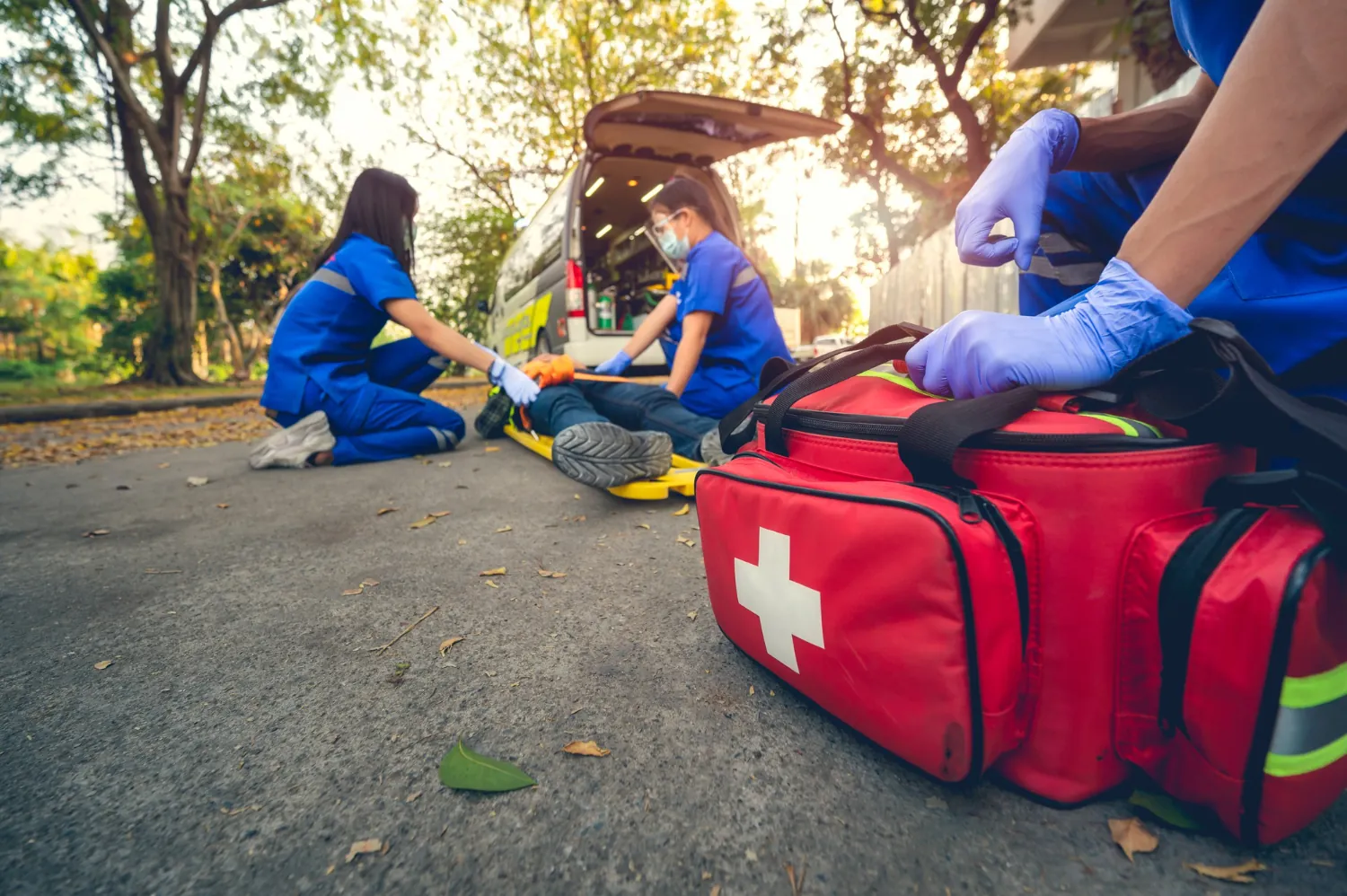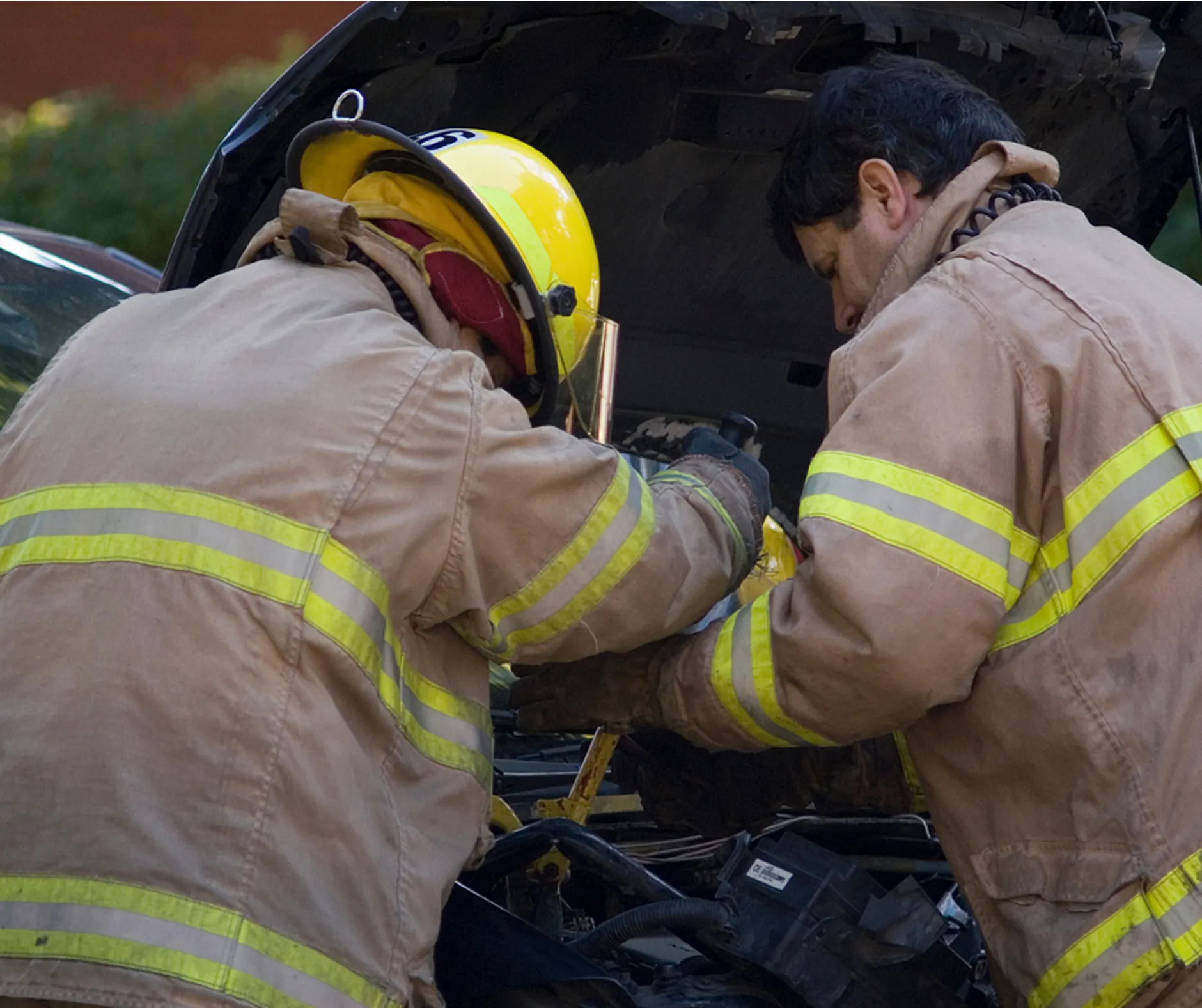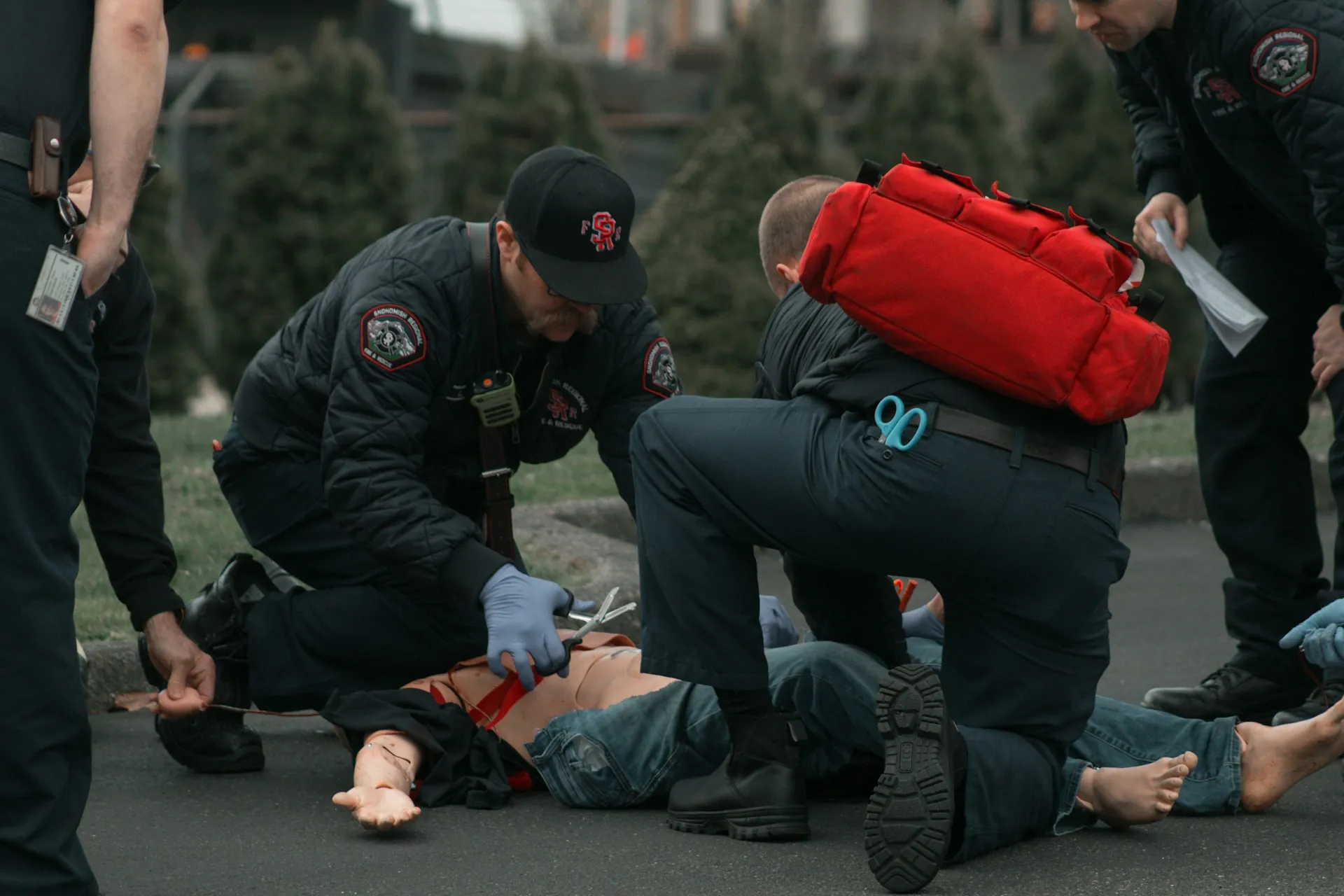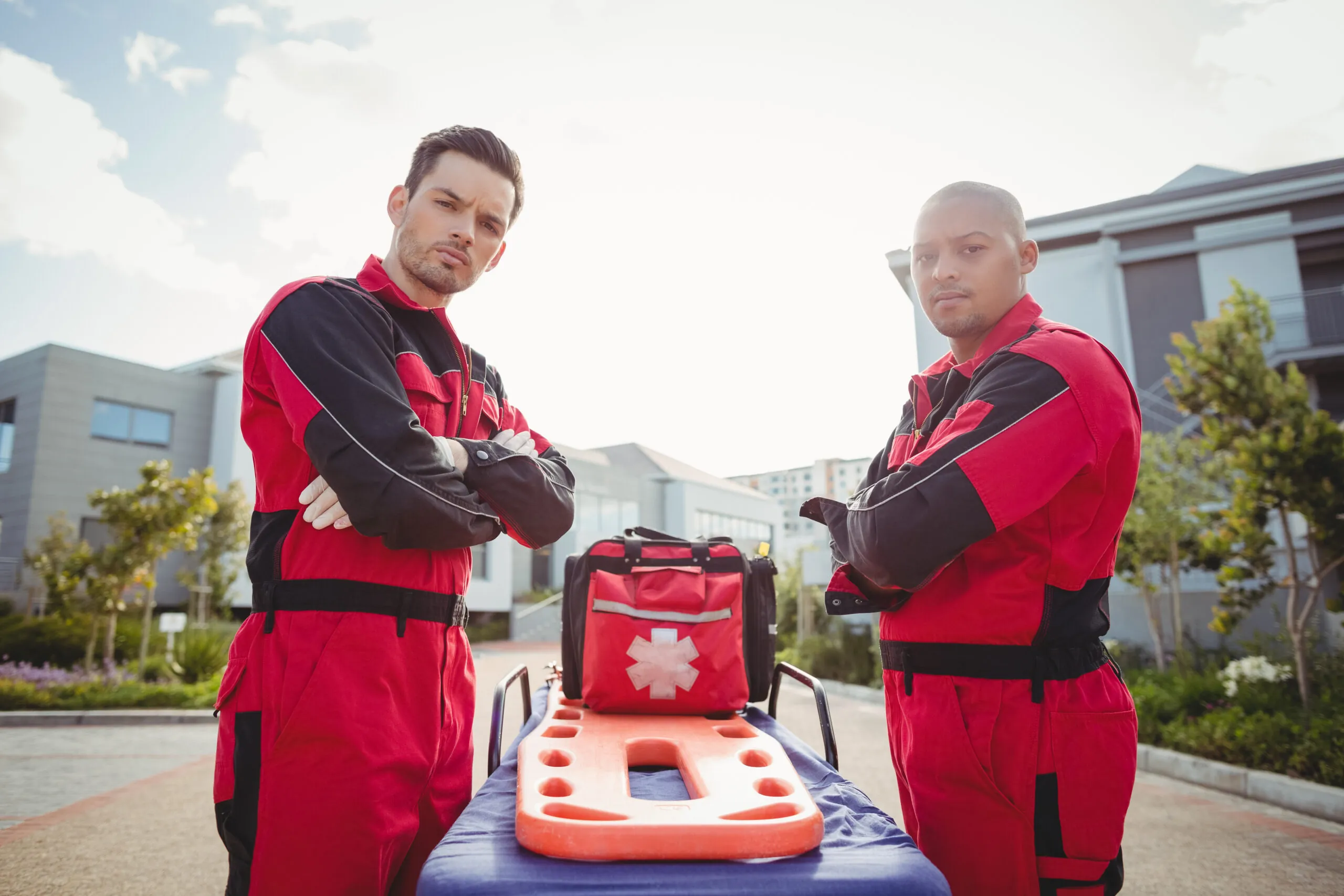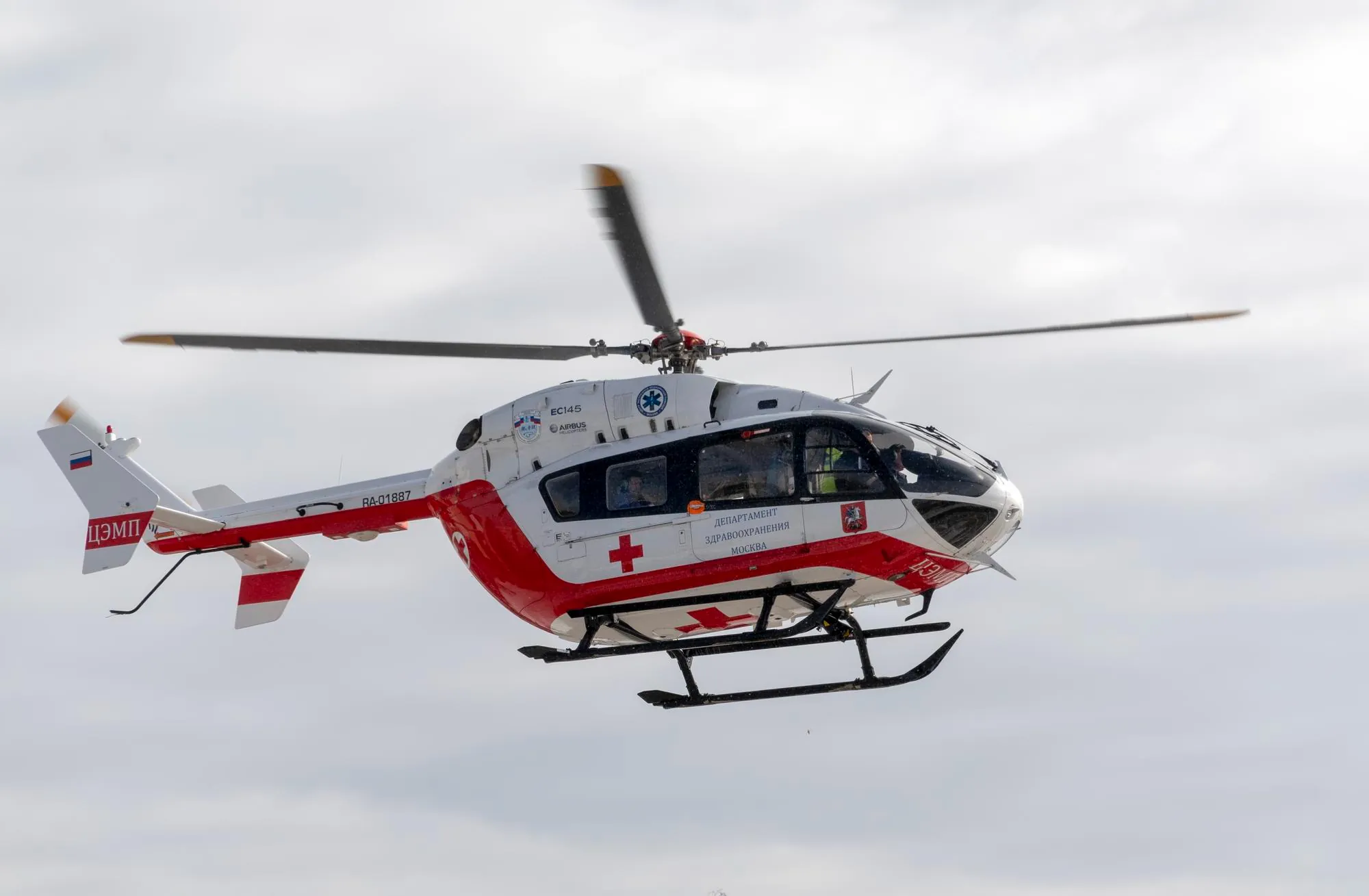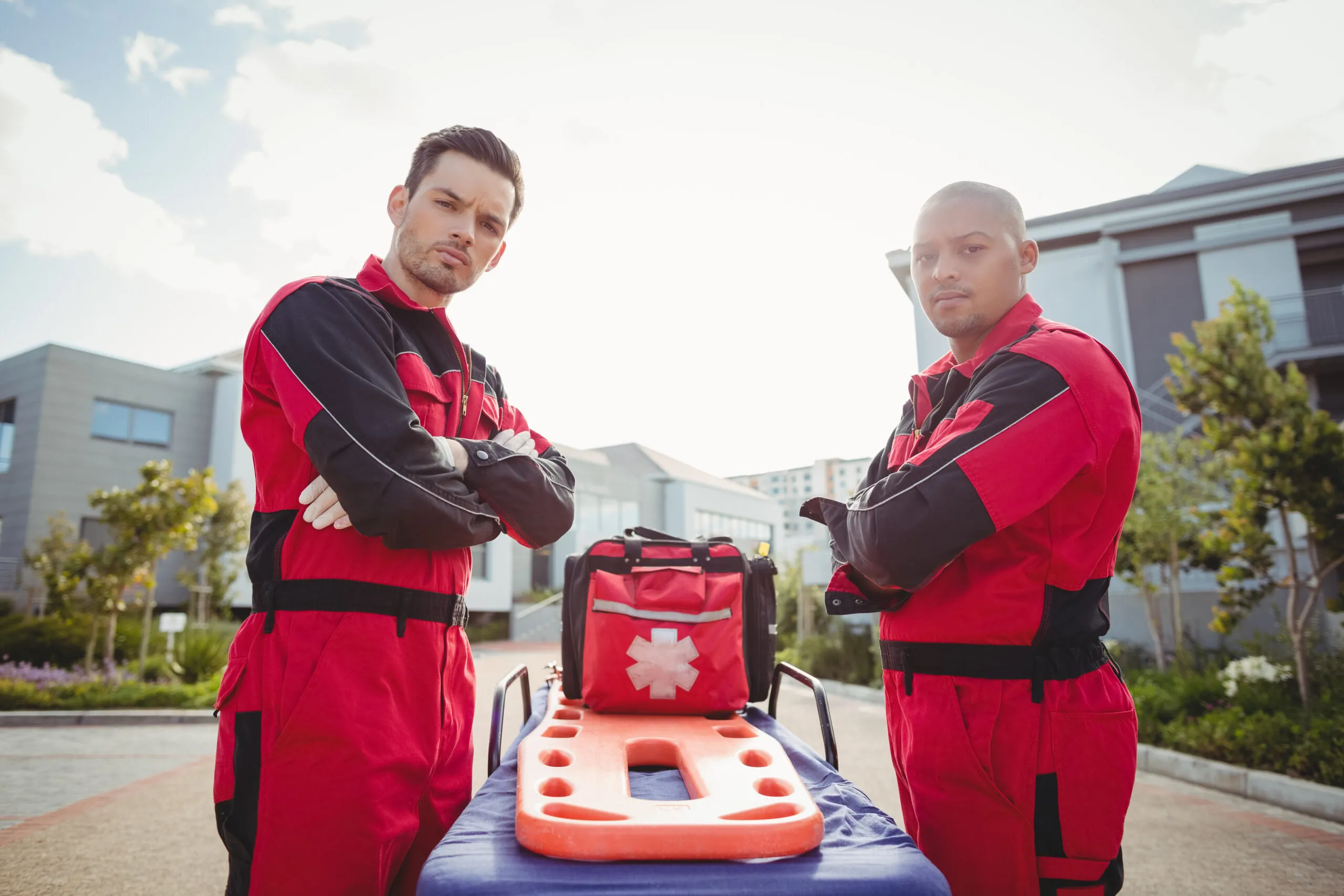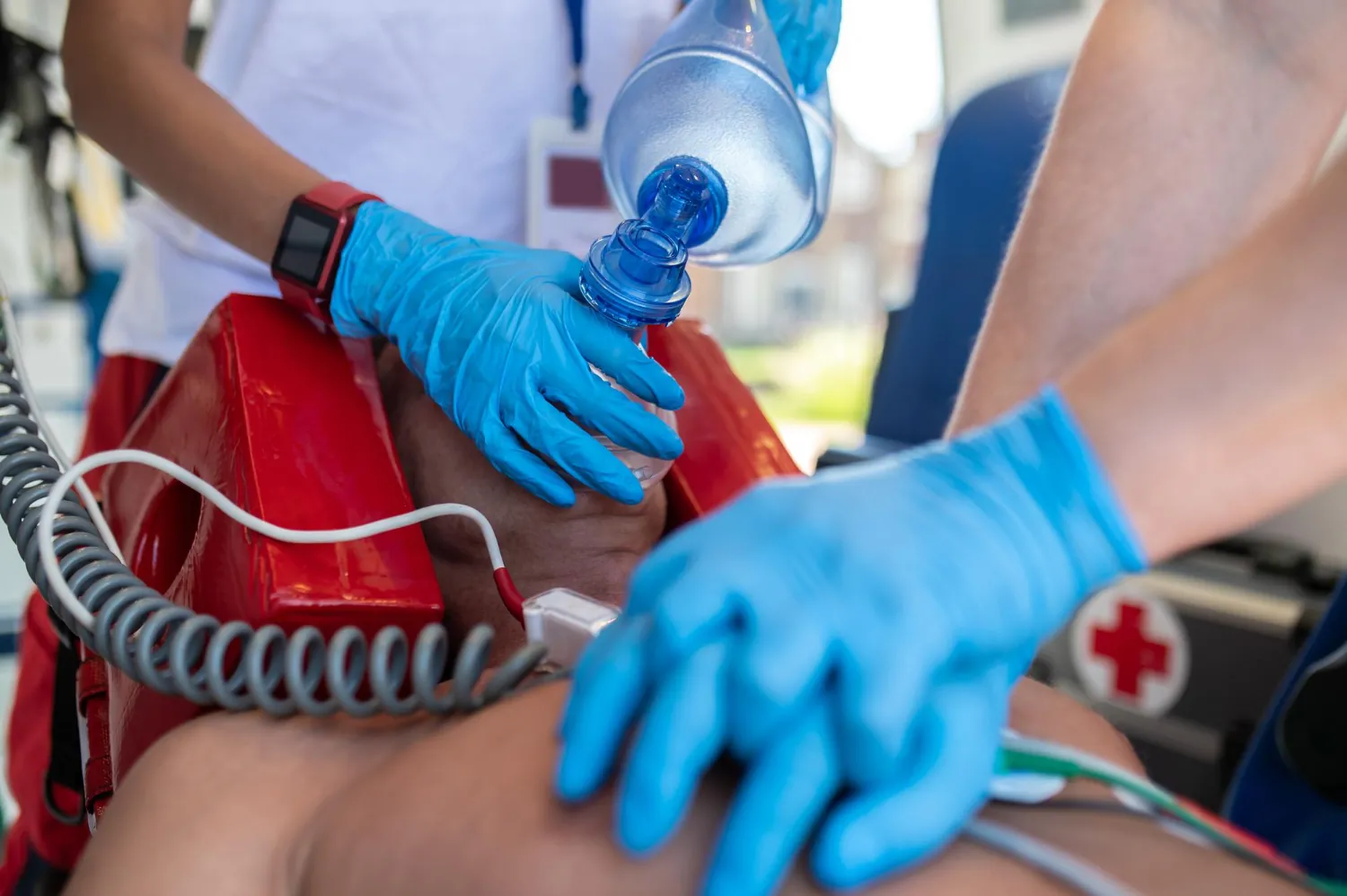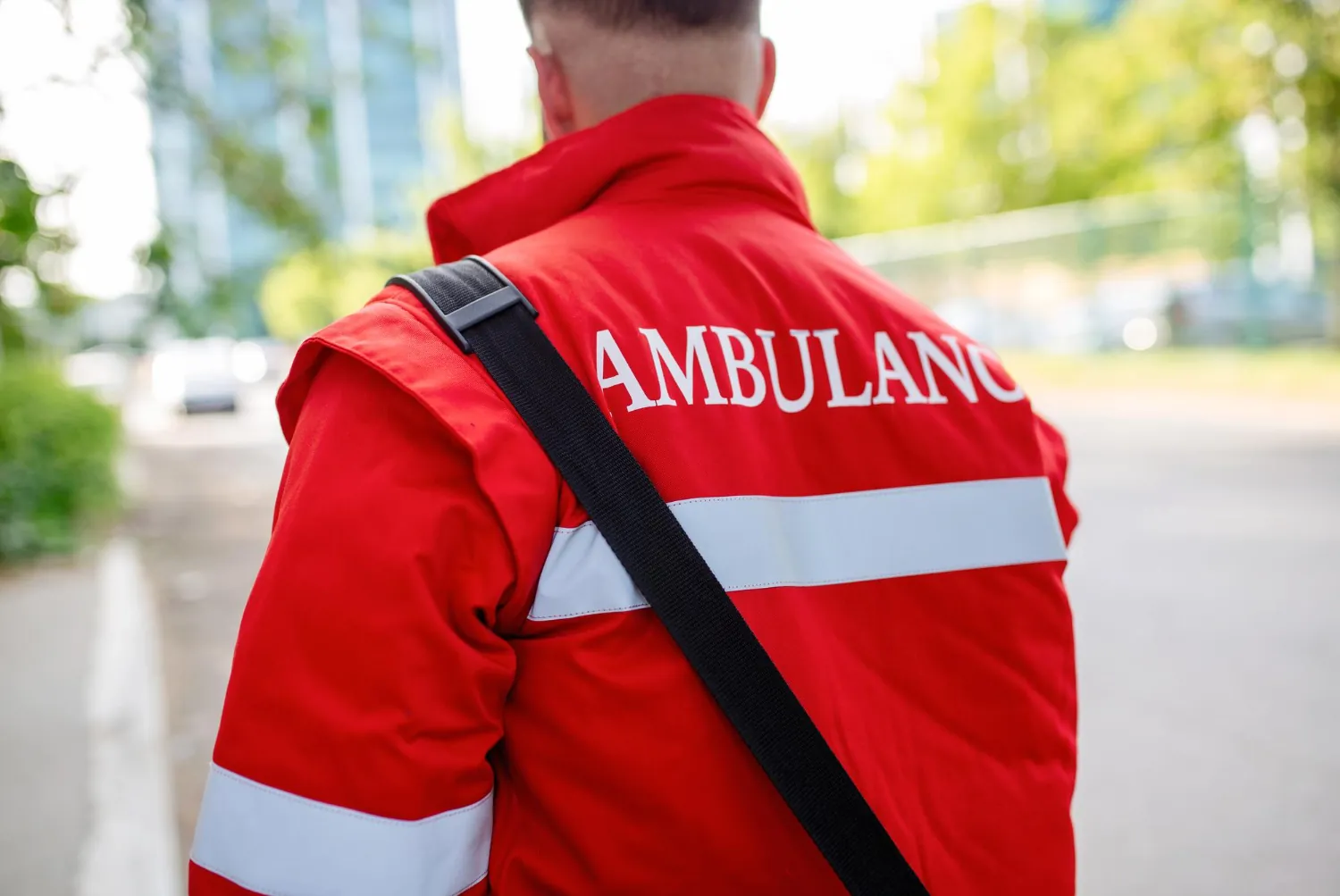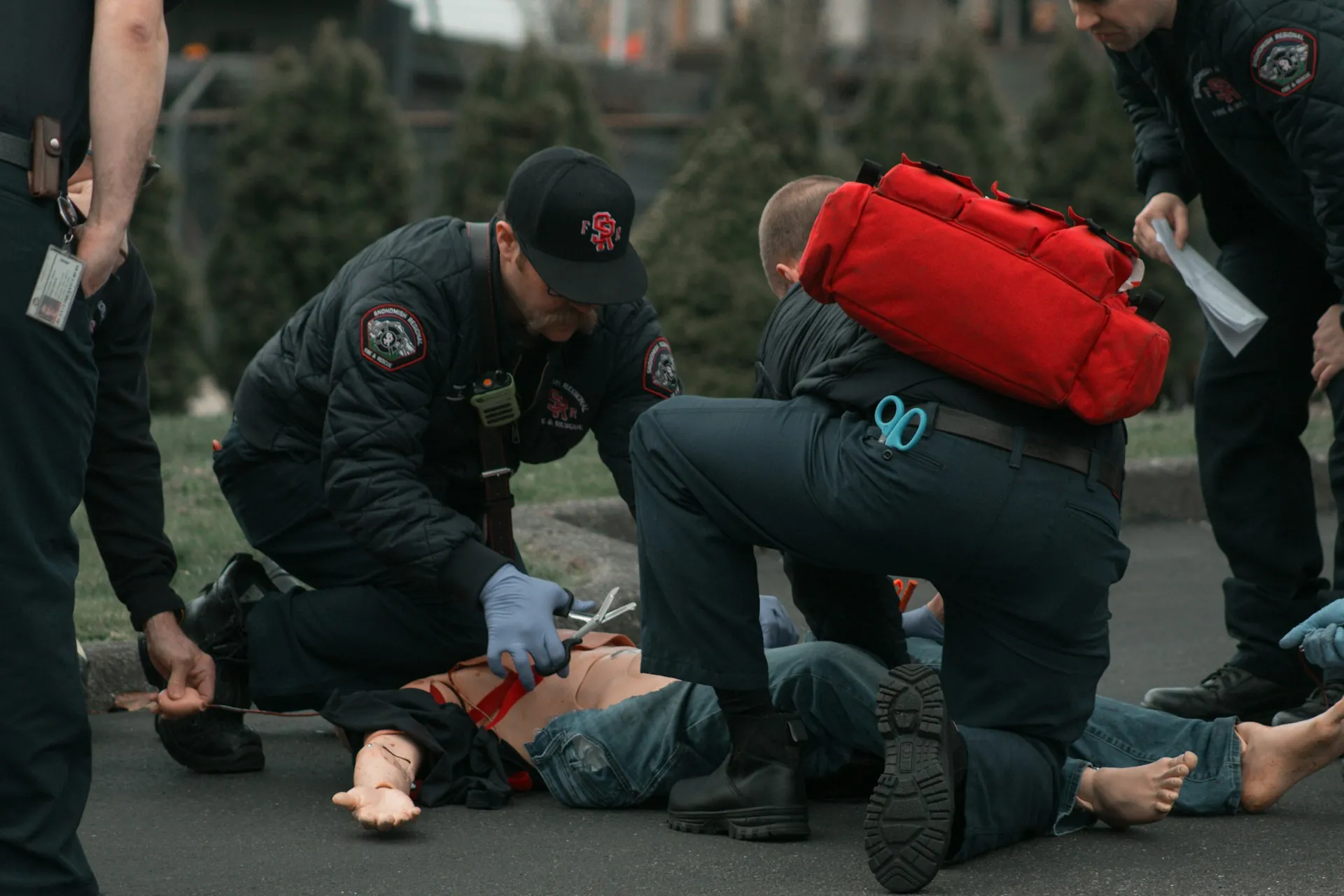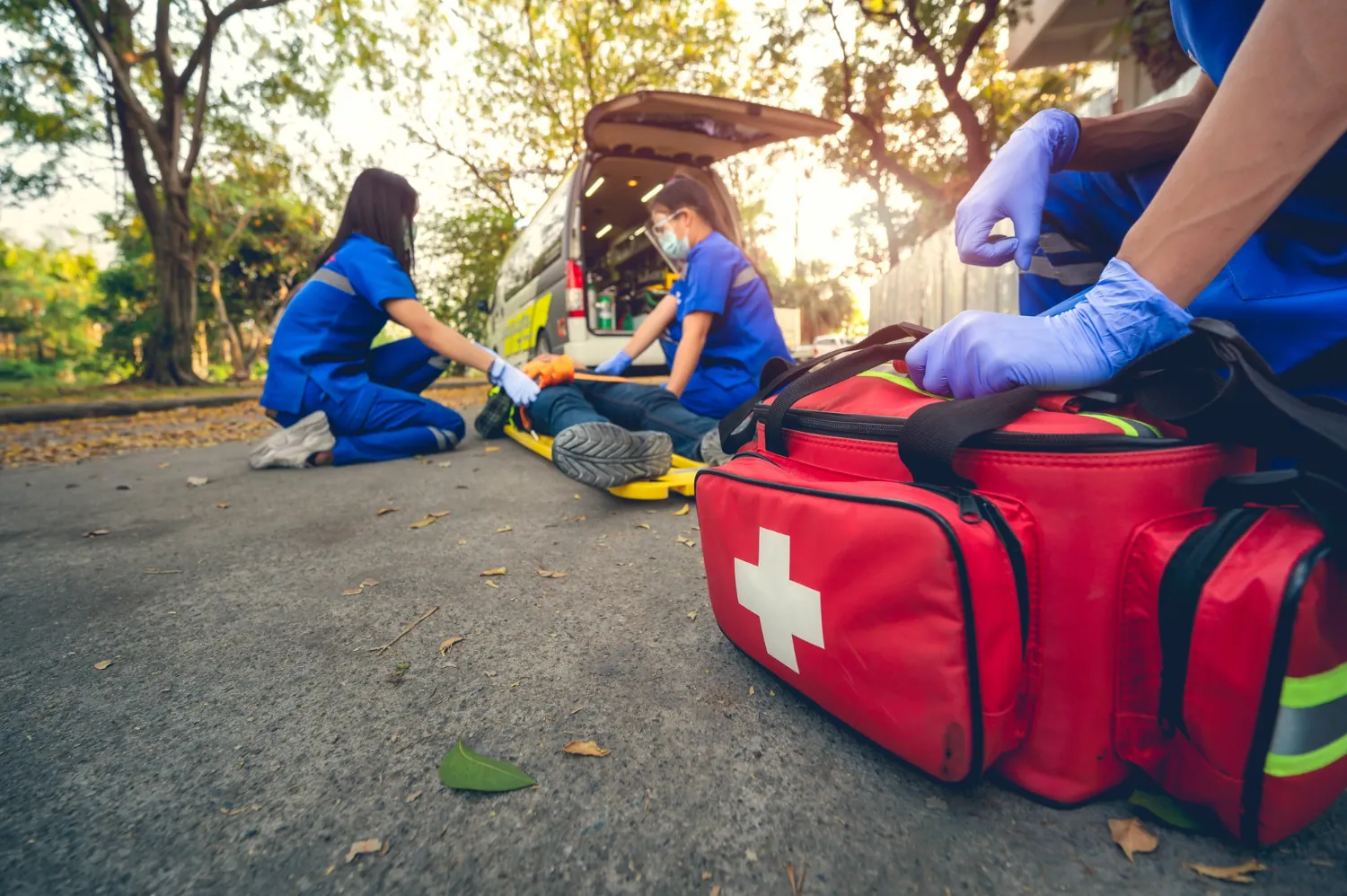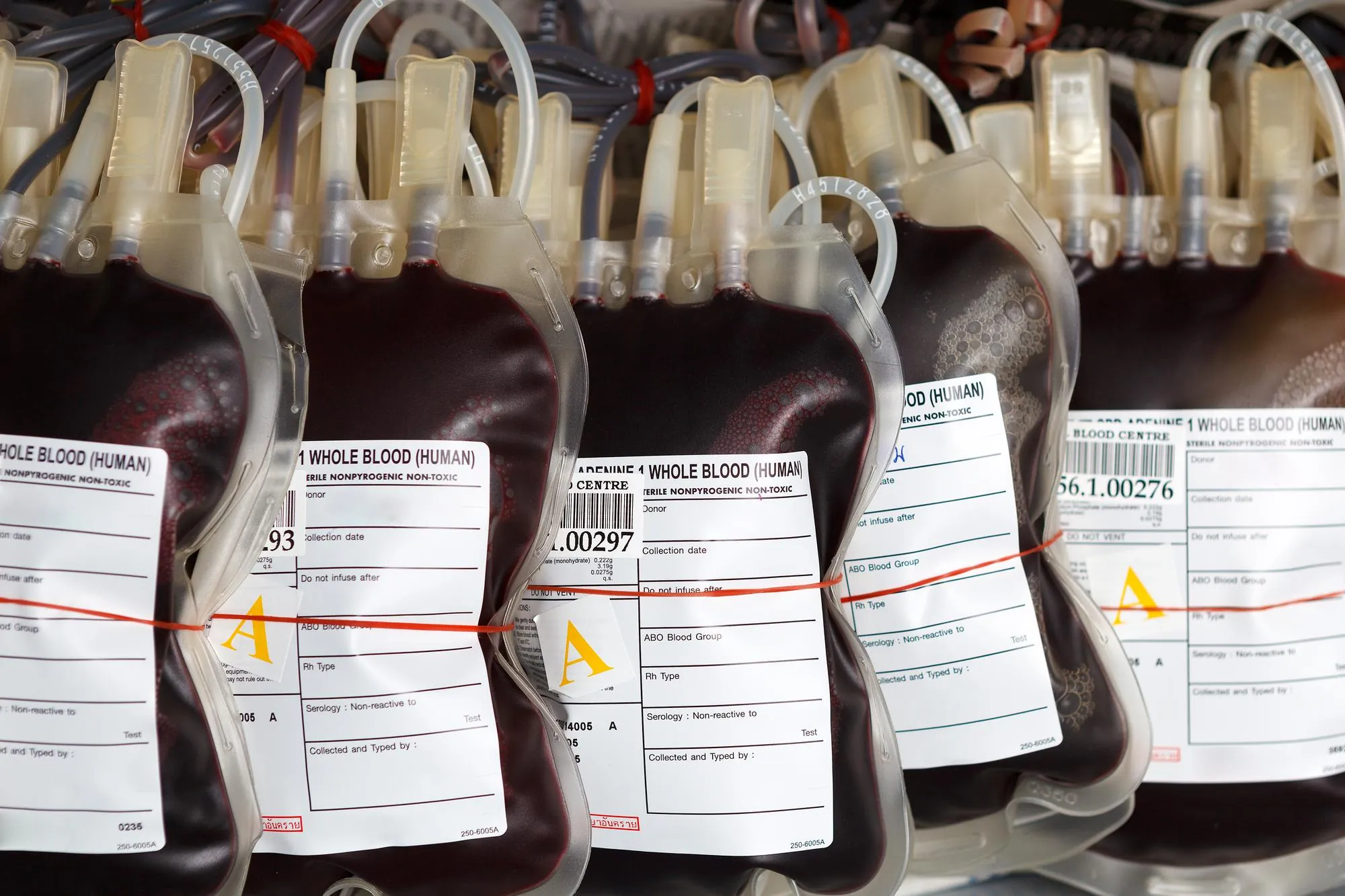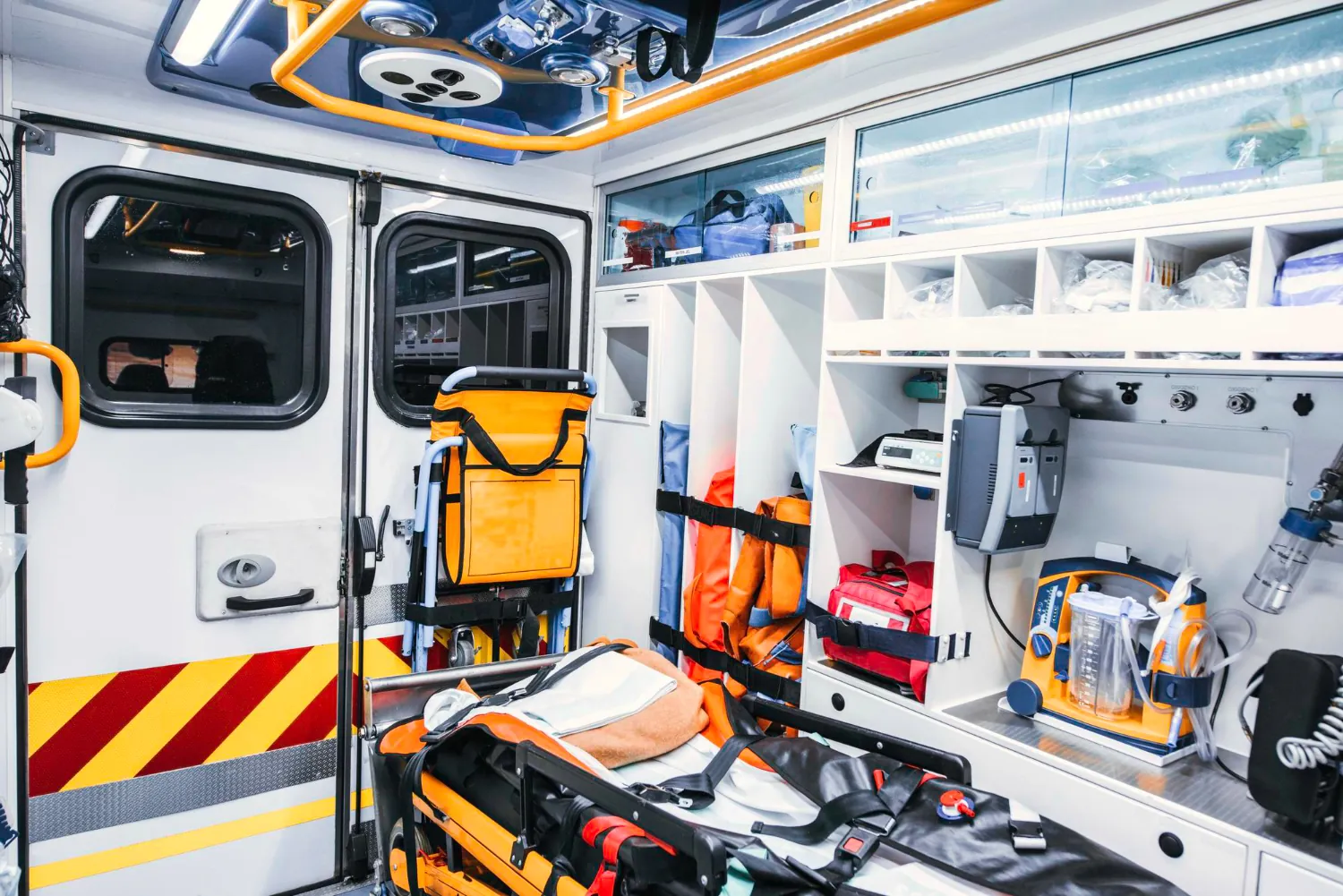Narcotics Tracking in Veterinary Medicine: Protect Your Practice

There's a need for inventory and prescription drug monitoring in every practice, medical, veterinary, or otherwise. Regulations and rules surrounding narcotics tracking in veterinary medicine can vary from state to state, but best practices dictate that some form of tracking is almost always necessary.
As the opioid epidemic rages on, the chances are high that legal regulations and requirements for narcotics tracking in veterinary medicine will only increase and become more stringent. Here's what you need to consider to ensure your practice is ahead of the game.
Controlled Substances in the Veterinary Industry
When it comes to controlled substances and narcotics in veterinary medicine, we're often working with a slightly different beast (no pun intended). Since treating animals is quite different from treating their human counterparts, there's little risk of actual drug abuse amongst innocent veterinary patients. Veterinarians are focused on helping them feel better, whatever it takes.
While cats and dogs might not be at high risk of drug addiction, some owners and even veterinary employees can be more likely offenders. This likelihood increases your risk as a veterinary practice owner. Violations could result in the loss of your license, ability to prescribe, or overall practice. At a minimum, dealing with inventory loss and mitigating the possibility of drug diversion can become a significant headache and yet another task on your endless list of responsibilities.
Although veterinarians don't tend to prescribe the most frequently abused drugs like OxyContin, Percocet, Vicodin, and some Benzos, veterinarians do prescribe and carry many other drugs rife for abuse. Drugs like the anesthetic Ketamine, Tramadol for pain, or Hydrocodone, used as a cough suppressant, are among the list of veterinary drugs that are also frequently abused controlled substances amongst humans. Even certain Benzos are used in veterinary medicine to soothe nervous and reactive patients, presenting a temptation to owners.
While drug diversion isn't currently an extreme issue in veterinary medicine (one study estimated that the rate of abuse was only about 1 in 30,000,000 when adjusted for population), there is still an ever-increasing risk and one that may be underreported. As the fight against opioid abuse wages on, drug users will continue to find their sources waning, making veterinary practices a likelier target for diversion.
The likelihood of diversion in veterinary medicine also presents a significant risk to the animals that are treated. There are, of course, horror stories ranging from abusers who go vet "shopping" to get several prescriptions at one time to owners injuring their animals to procure controlled substances. Some owners have gone so far as to train their animals to cough on cue so that they can access their drugs of choice. While these stories certainly aren't the norm, human drug abuse does, unfortunately, happen even in the veterinary industry. It can be a heartbreaking reality amongst all of the other challenges that animal caregivers face.
A parallel issue when it comes to veterinary drug diversion is internal. Veterinary medicine is a high-pressure field. Pay is often low, and compassion fatigue and burnout run high. As a result, vet techs and other employees may face the temptation to divert drugs for resale or abuse. While most veterinary employers carefully screen new hires, and no one wants to believe it would happen in their practice, the reality is that we never know. When diversion happens, it's bad for employees, the community, and your practice.
The commonly prescribed veterinary anesthetic Ketamine, for example, is now a popular party drug amongst young people. In 2020, an estimated 1.3% of high school seniors reported using Ketamine, or "Special K," as it's called on the street. In 2015. the WHO called for a global schedule change of Ketamine to make it a schedule I drug (low therapeutic value with a high risk of abuse), but the veterinary community pushed back, advocating for its therapeutic benefits amongst animals. Although it's currently a schedule III drug in the U.S., it may be a matter of time before restrictions are again explored.
Requirements for Narcotics Tracking in Veterinary Medicine
In the United States, narcotics tracking requirements in veterinary medicine vary from state to state. At a minimum, all states except Missouri and Washington DC require medical doctors to track-controlled substance dispensing, and about 40 states require regular reporting. As for veterinarians, the requirements are a little less restrictive but still in place in about a third of states.
Some states like Maine and Colorado require veterinarians to review pet owners' prescription histories before dispensing certain controlled medicines. Connecticut, Alaska, and Virginia have restrictions on the quantities of narcotics prescribed by vets. Other states expressly prohibit veterinarian review of human medical records. Some in the veterinary community are also concerned about the practice as there are few guidelines on addressing suspected potential abuse. Confronting an owner or calling the authorities could cause repercussions that may put you or your practice at risk, and for many veterinarians, the cons may outweigh the pros.
Unlike human medical practices, veterinary practices often are stand-alone entities. Although practice groups are becoming more common, there are still many independent vets. There are few PDMPs (prescription drug monitoring programs) or databases that allow vets to share dispensing information, check patient history, or follow patient prescriptions. Many patients can see multiple vets and may even get prescribed contraindicated drugs by accident. Pet owners are often in charge of monitoring the various medications their pets are on, which can quickly get confusing. As a result, they can make mistakes, even if overmedicating or overprescribing isn't intentional.
In the past, many states required veterinarians to keep up a vet drug book or log that they mailed to state-run drug enforcement offices. When most human medical practices changed to electronic reporting in the early aughts, veterinary practices were allowed to forgo the requirement since many lacked the technology to report. To this day, the requirements aren't uniform and vary for each state.
Only 14 states exclude veterinarians from reporting to state PDMPs. Those states are GA, IL, IA, KS, LA, MD, MN, MS, NM, OH, PA, SD, VT, and WY. All other states require at least some reporting and monitoring. As we move forward with technology and address the opioid crisis, requirements for narcotic tracking in veterinary medicine will likely increase and become more stringent. In addition, as sources of drugs dry up, abusers will become more likely to seek drugs from veterinary practices.
What You Can Do to Protect Your Practice
What are you to do if you're running or overseeing a veterinarian practice? How can you protect your practice from disaster?
Mis-prescribing any narcotic can present a costly legal concern at best. It can cost you and your practice your licensure and your ability to fully serve your patients who need veterinary care. When veterinarians are facing so much pressure and stress already, the last thing you need on your plate is another risk or another thing to track.
Moving away from paper vet drug books and logs is a smart practice. Using an electronic drug tracker like LogRx lowers your risk and offers you an affordable and accessible way to meet tracking and reporting requirements well ahead of any issues.
From a practical standpoint, LogRx also helps you trace your inventory to avoid diversion and the accidental loss and displacement of prescription drugs. In the chaos of emergencies, it's easy to set something down and misplace a vial or bottle. We'd all like to believe that it never happens, but losing track can even present a risk to vulnerable patients (who tend to explore the world with their mouths). It can help you track the disposal of controlled drugs and ensure that any drugs left over after use are properly tracked and discarded safely.
LogRx adds a layer of accountability and protection with the ease of an app on your handheld device. You can quickly log and track the use of medications, especially narcotics, and keep a handle on your inventory. Reporting is simple, allowing you to easily see history and understand where medications are at all times.
If you're interested in learning more about protection for your veterinary practice, please reach out. We work with many veterinary practitioners who have been pleased with the experience, affordability, and ease of tracking with LogRx. Learn more today!
Categories
Recent Posts
- LogRx and Knox: How LogRx Integrates with EMS Medication Lockboxes
- Connecting Community and EMS: 7 EMS Community Outreach Ideas
- Projecting Professionalism: Why EMS Uniforms Matter
- EMT Off-Duty Response: What You Should Carry Everywhere
- Basic EMT Trauma Assessment Scenarios: Gearing Up for Certification
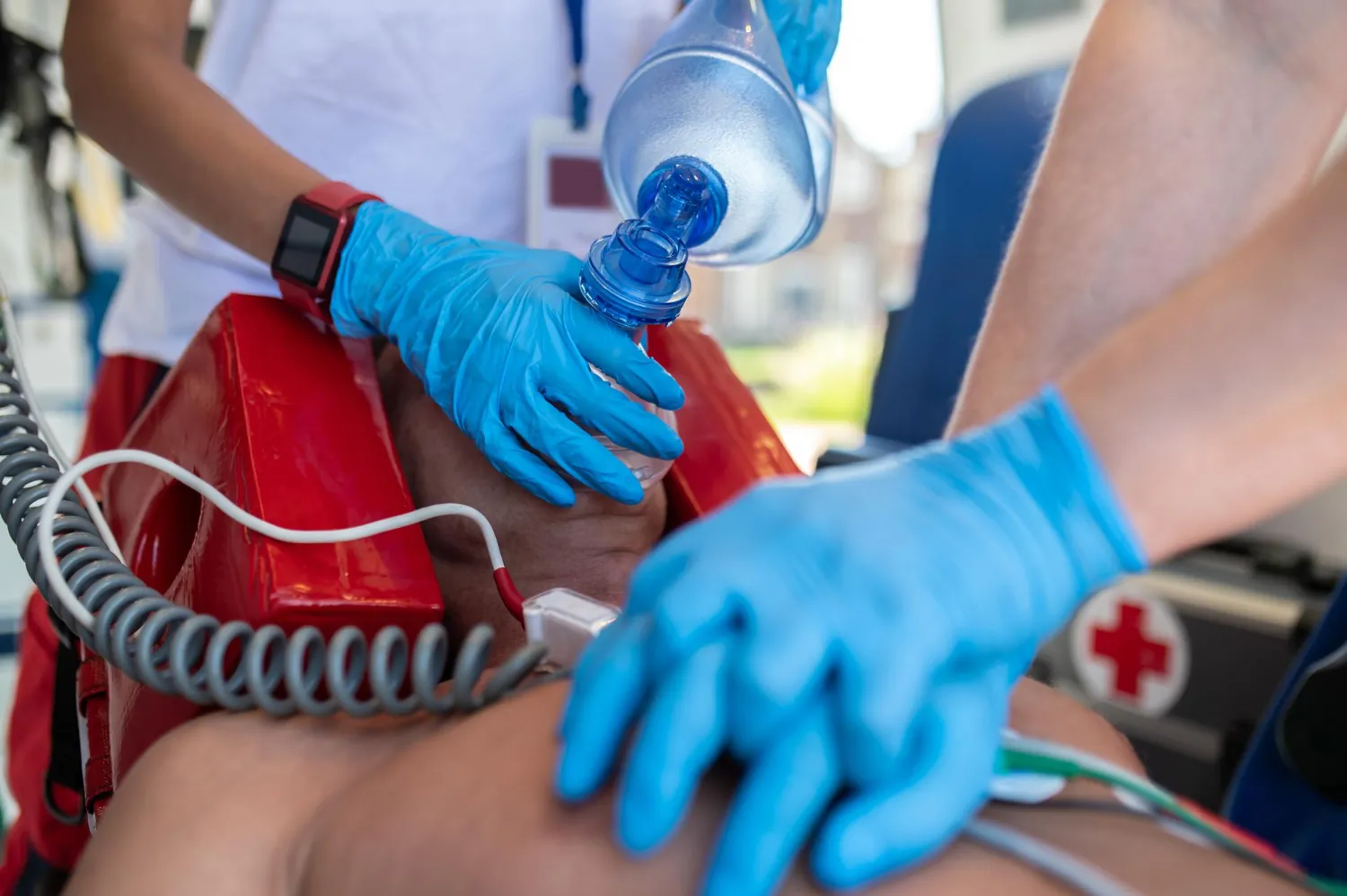
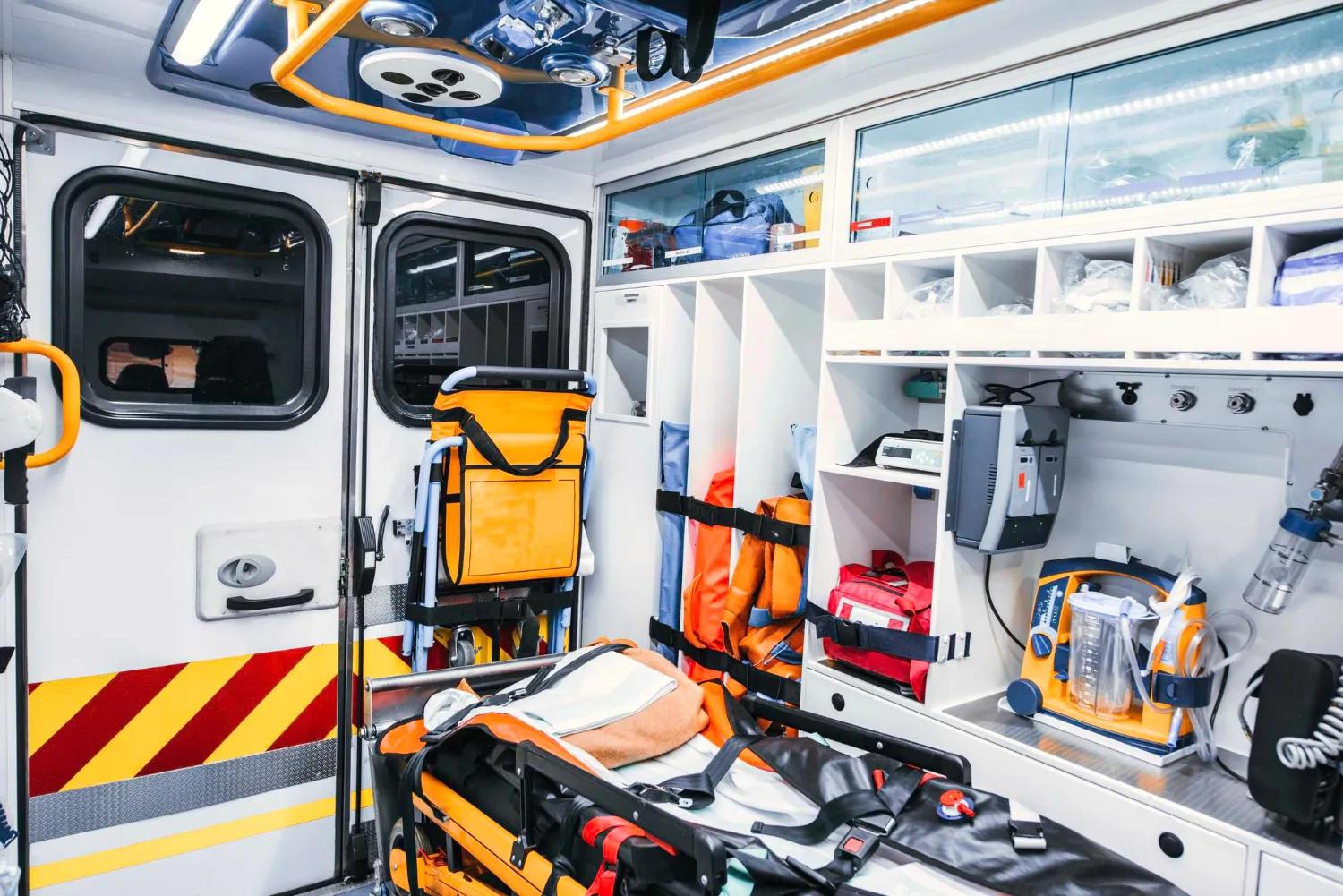



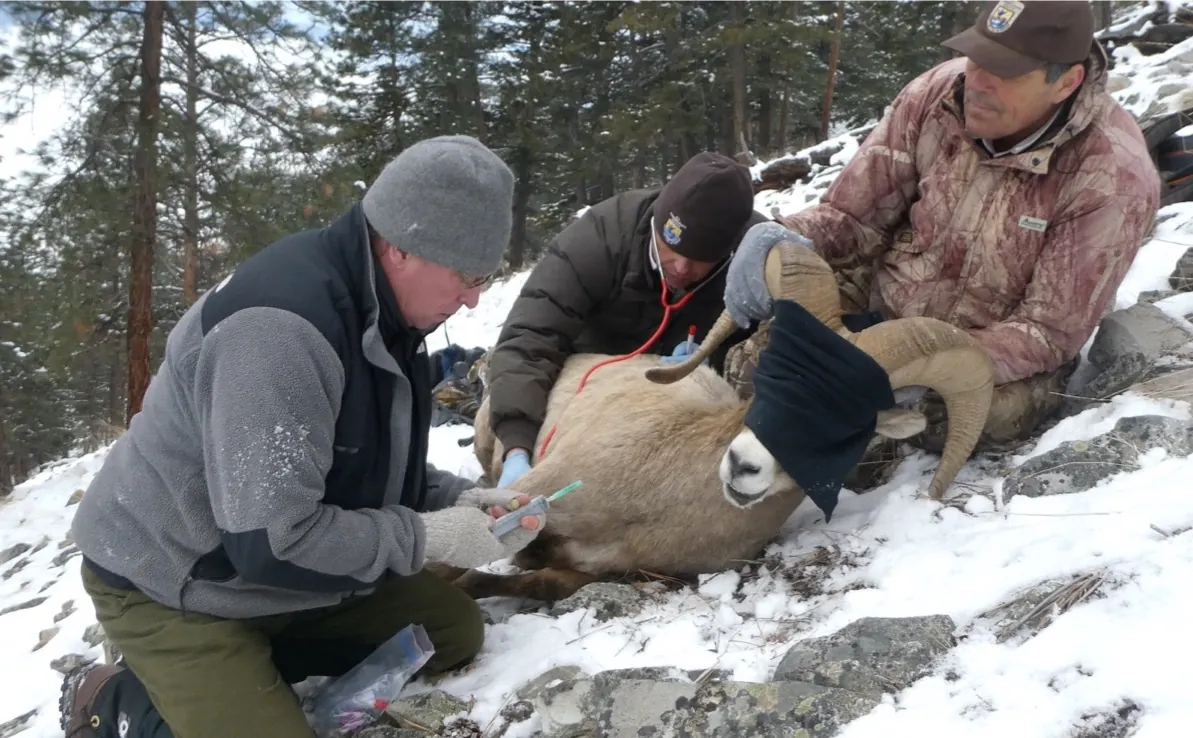

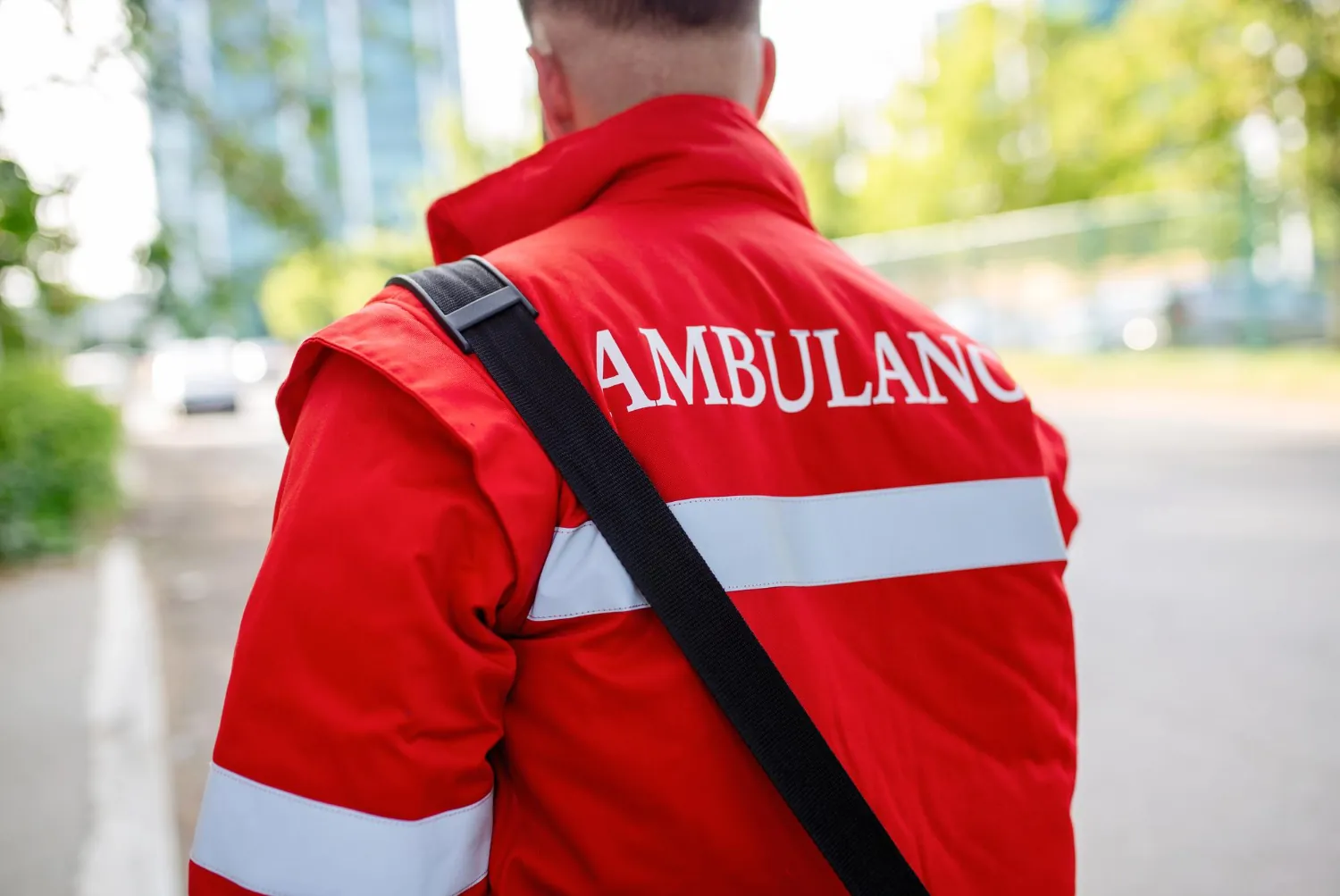

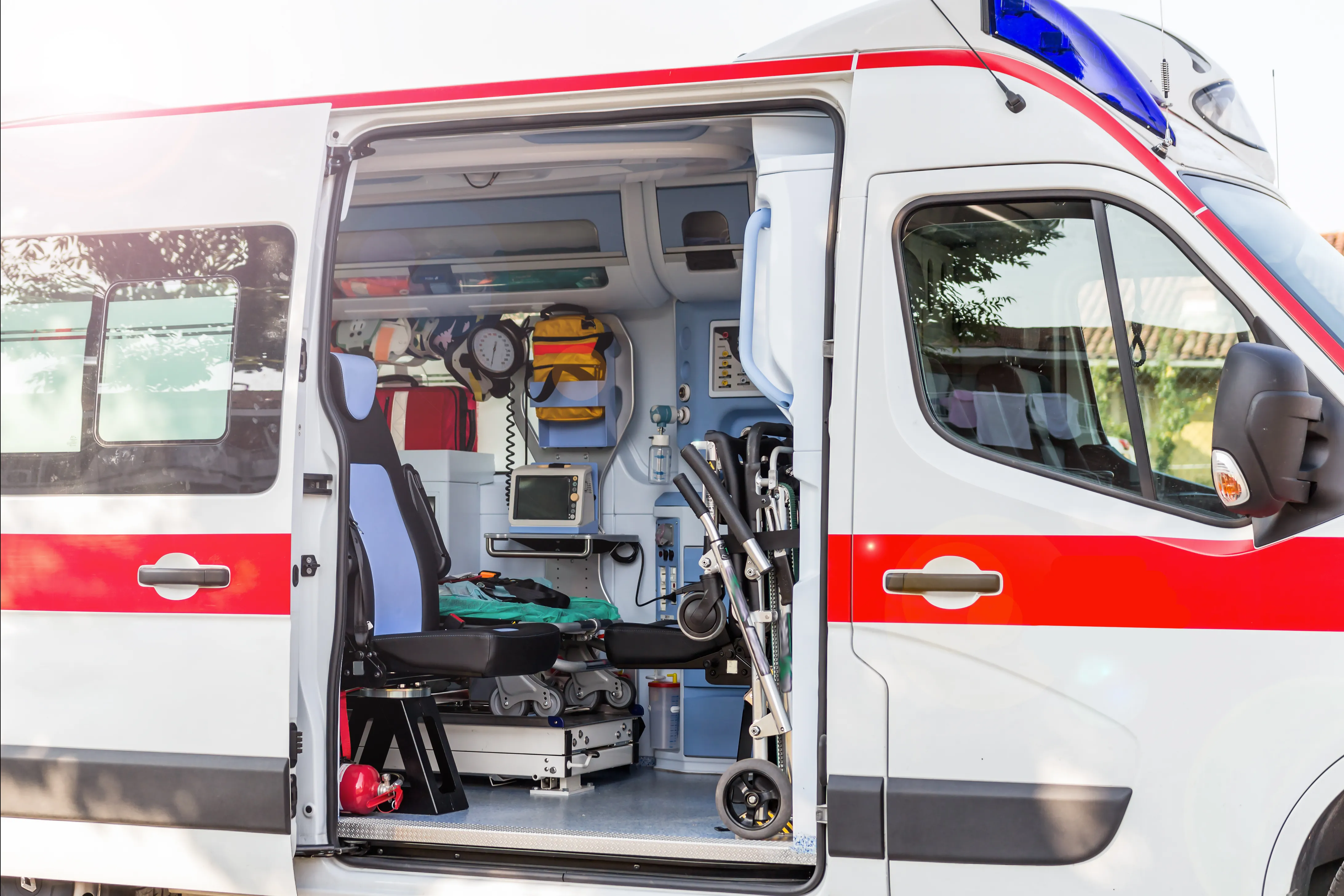


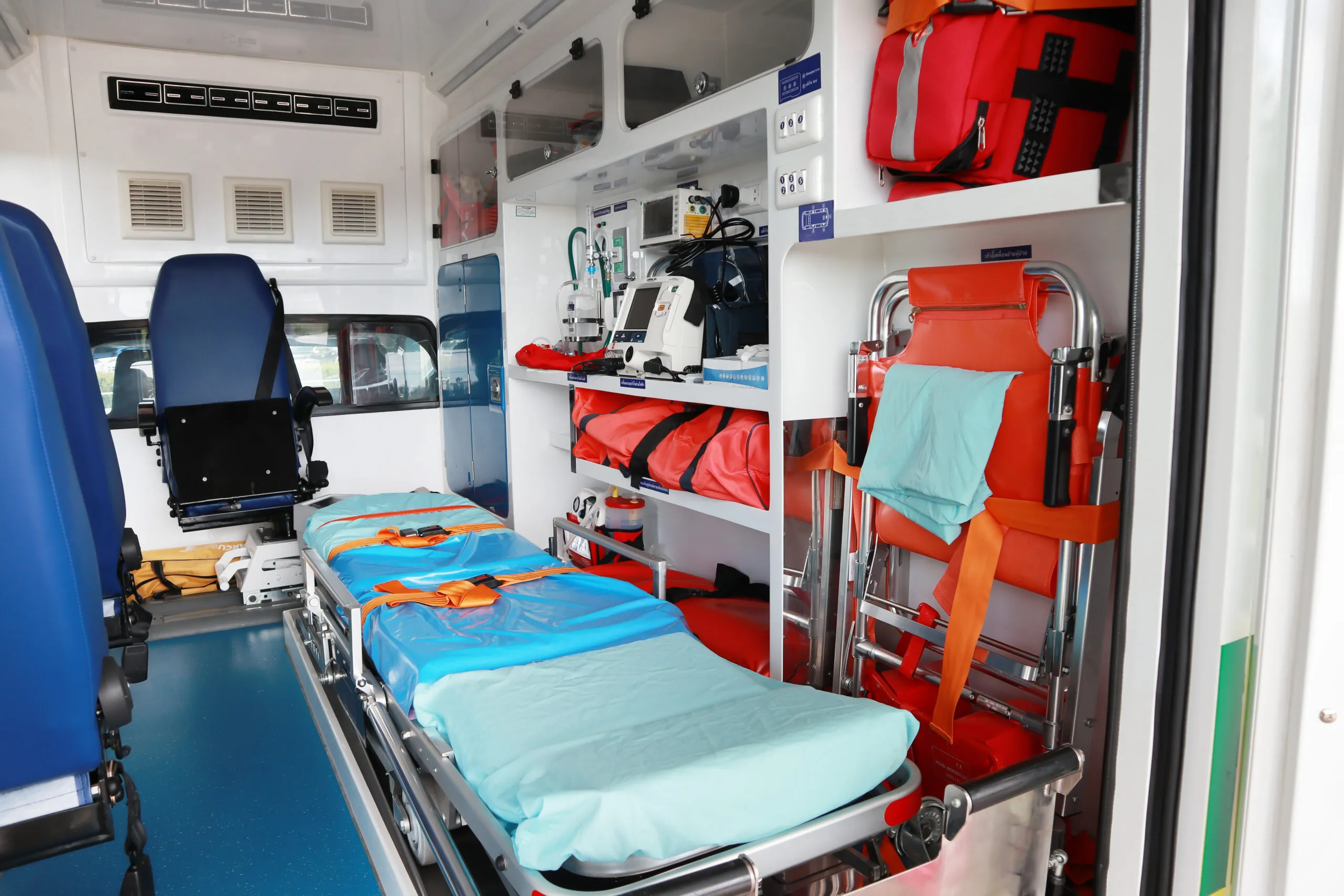


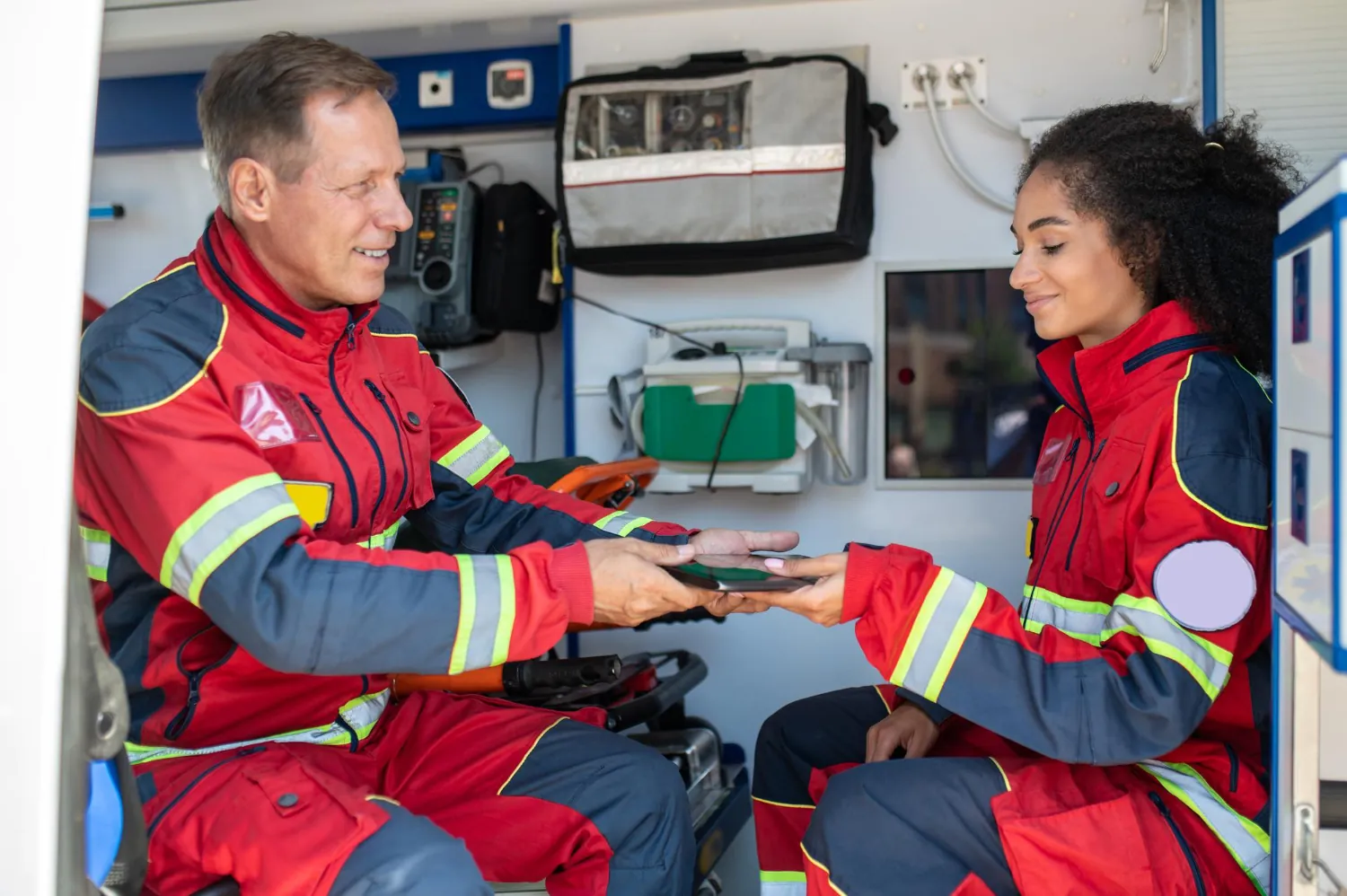


.webp?t=1764979109380)

